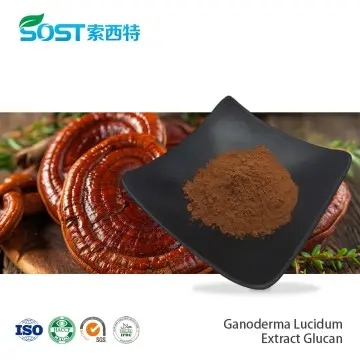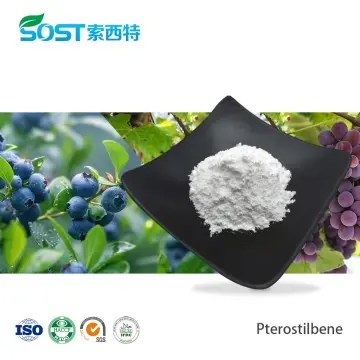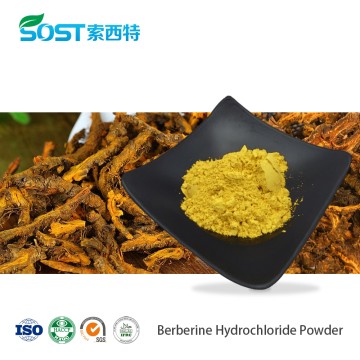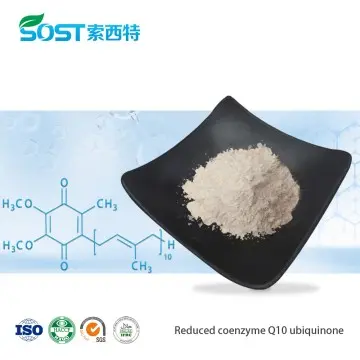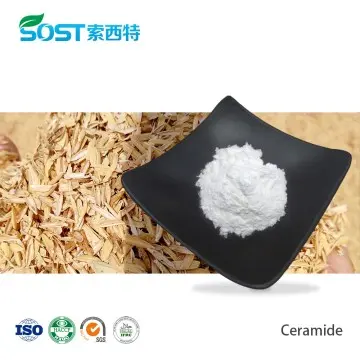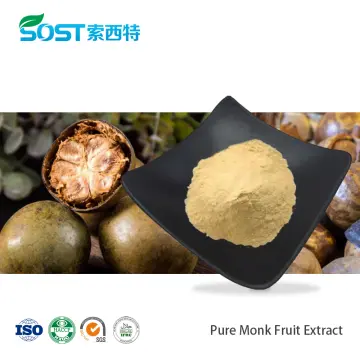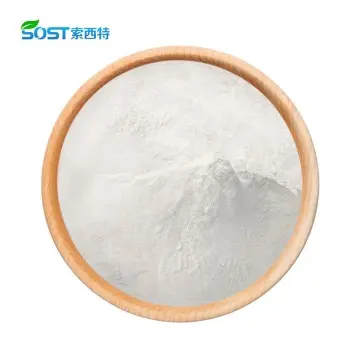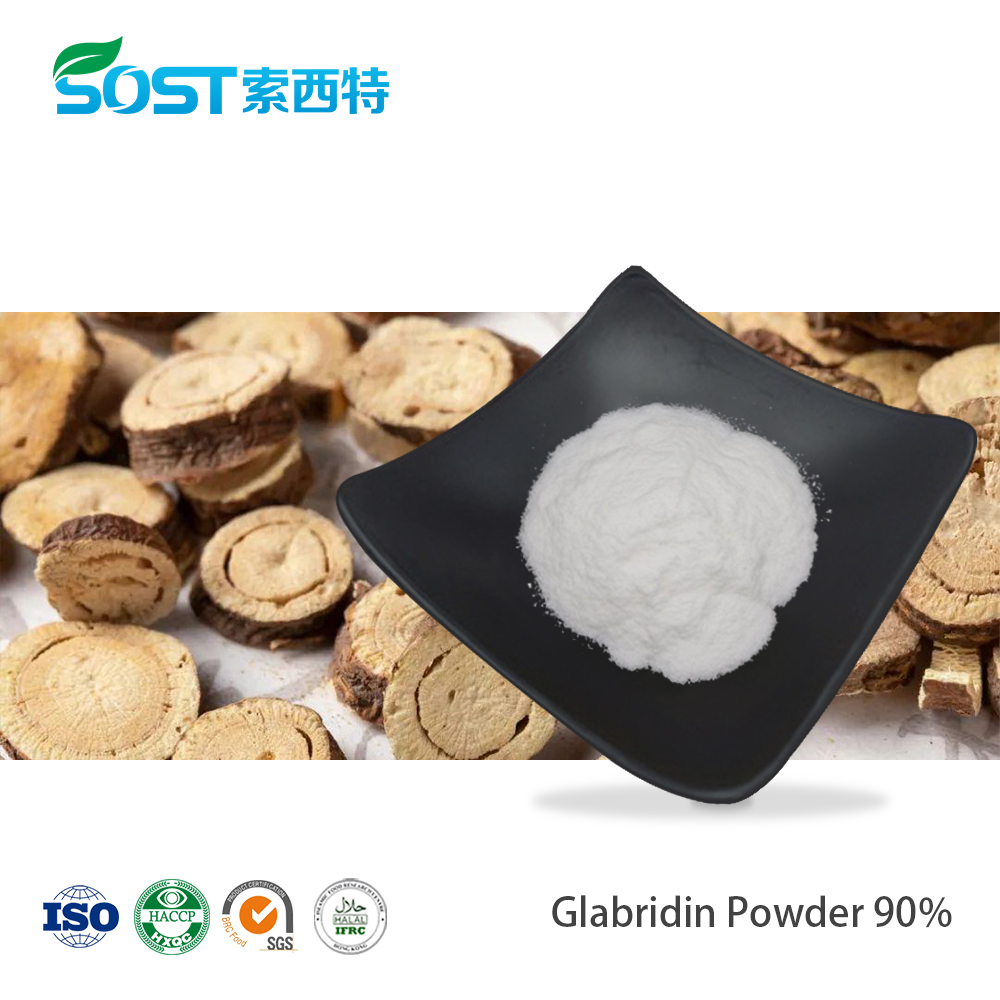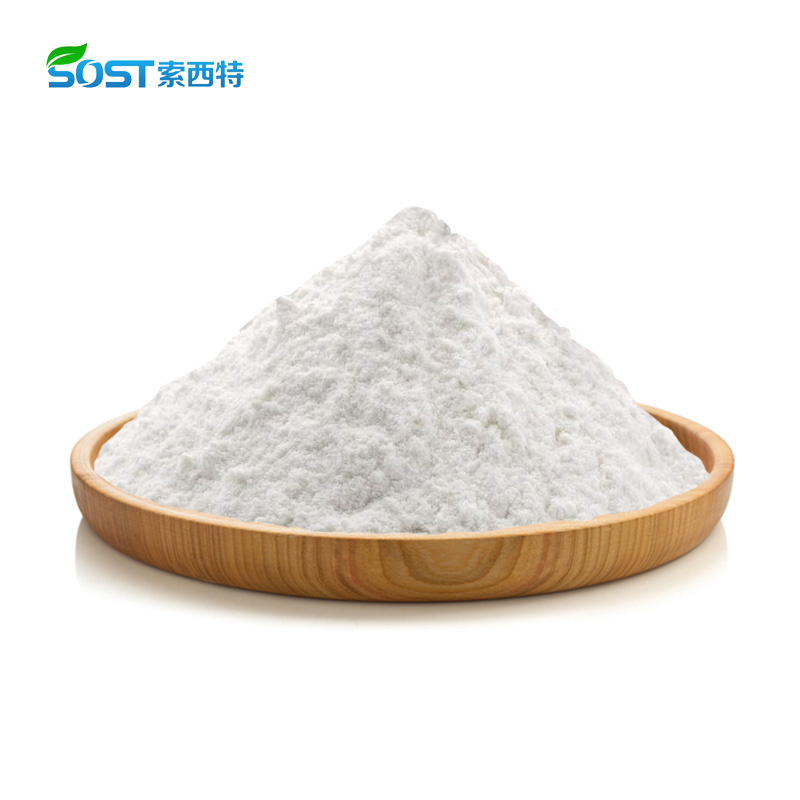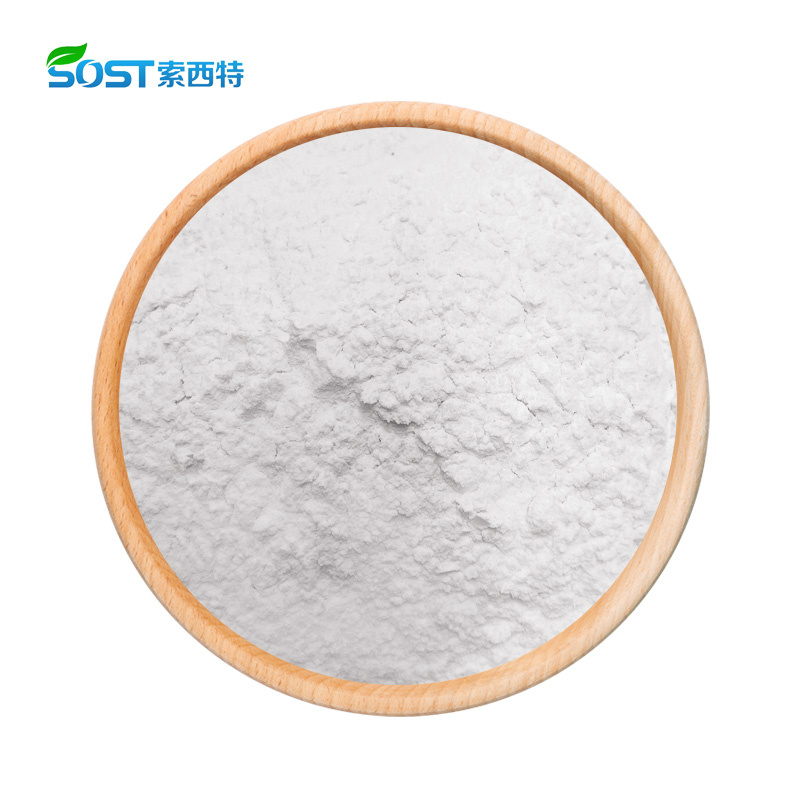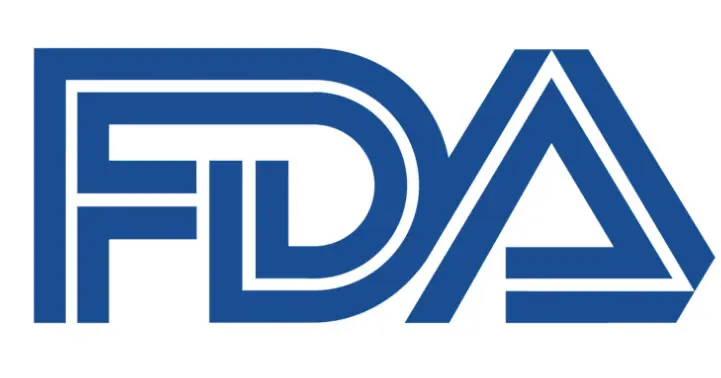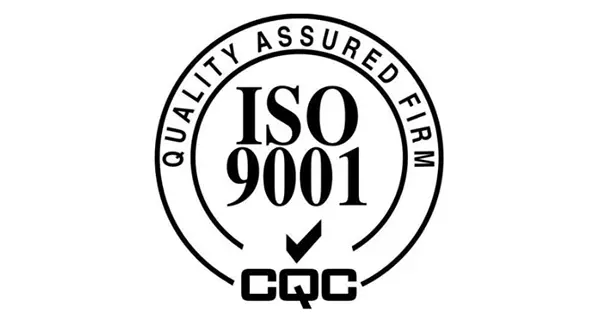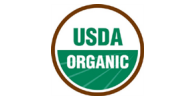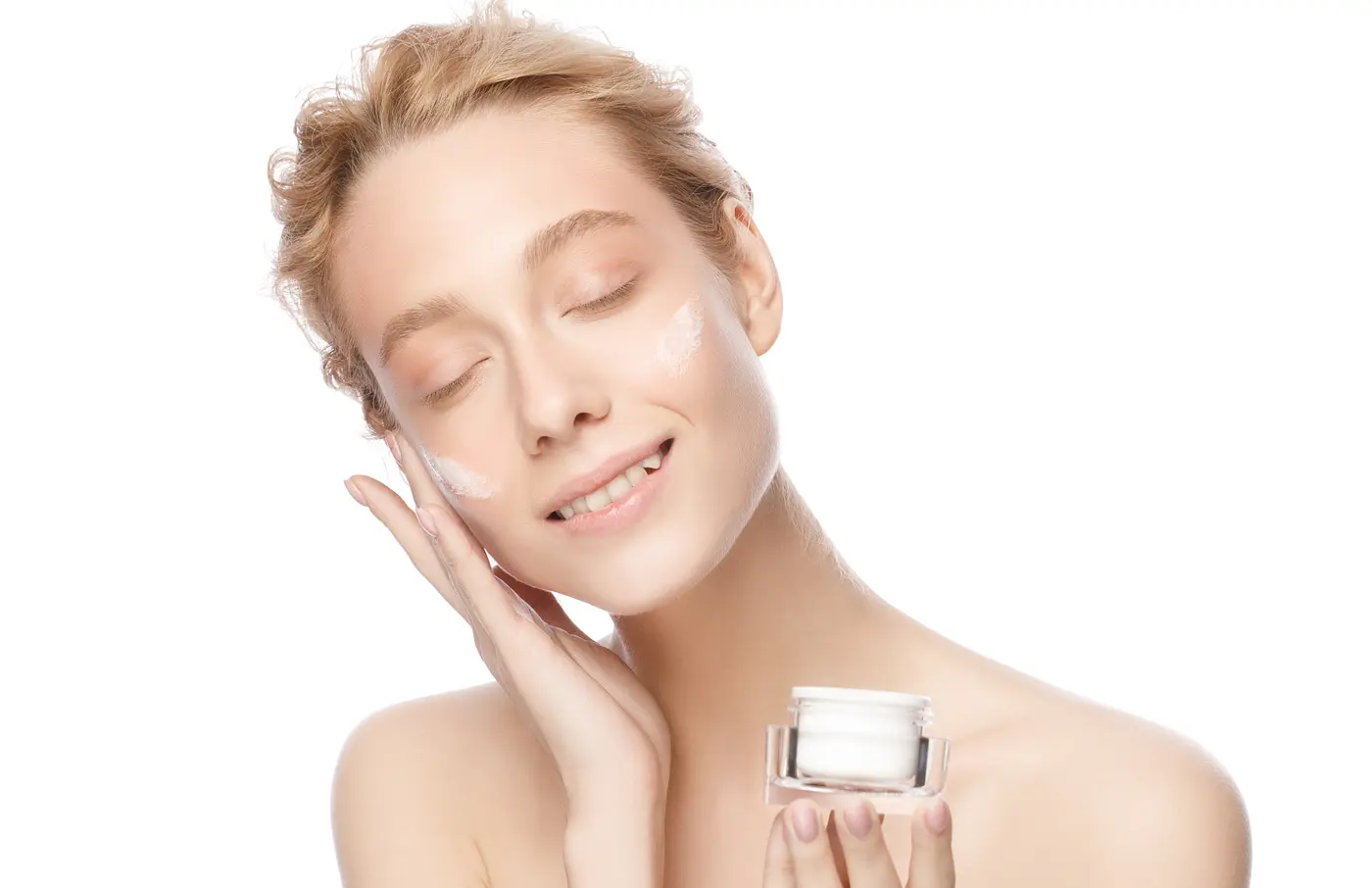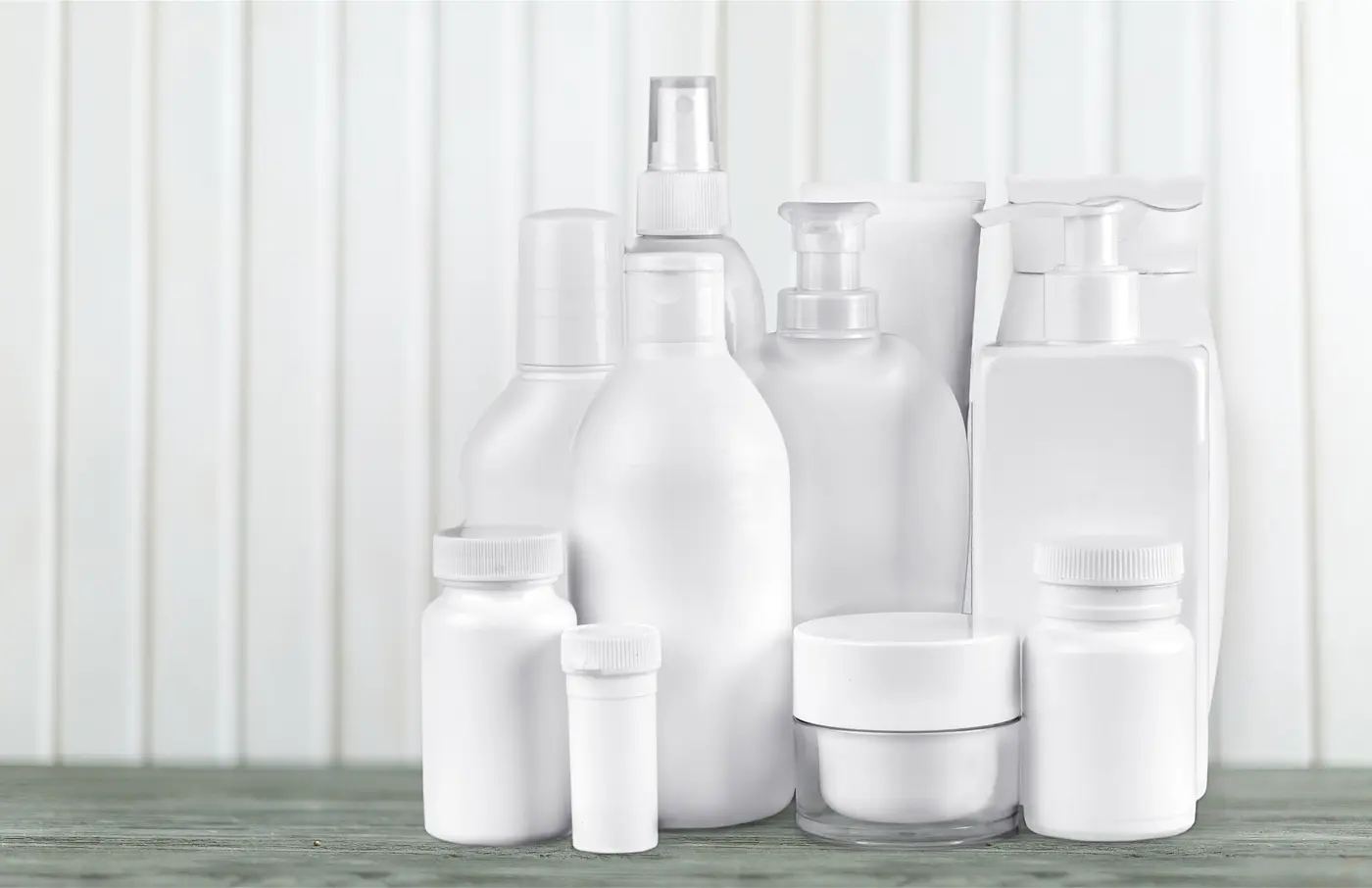What is Glabridin powder?
Glabridin is a polyphenolic flavonoid compound extracted from Glycyrrhiza glabra. In addition to its significant whitening activity, it also has multiple biological activities such as anti-inflammatory, antioxidant, and neuroprotective, and is widely used in the cardiovascular and cosmetic fields. Currently, in terms of skin melanin, relevant studies have shown that glabridin has a significant inhibitory effect on melanin production and antioxidant effects, which can be achieved by inhibiting the activity of tyrosinase and downregulating the expression of melanin production-related factors.
Glabridin is a fat-soluble isoflavone compound unique to Glycyrrhiza glabra. It is mainly found in roots and stems, accounting for about 0.1% to 0.3% of the content of Glycyrrhiza glabra and 11% of the total flavonoid content of Glycyrrhiza glabra.
Product Data Sheets
| Analysis | Description | Test Method |
| Appearance | White or Off-white Powder | Visual |
| Odor | Characteristic | Nasil |
| Identification | Conform with reference sample | HPLC |
| Mesh Size | 100% pass 80 mesh | CP2020 |
| Moisture Content | ≤ 5.0% | GB5009.3-2016 |
| Residue on Ignition | ≤ 1.0% | GB5009.4-2016 |
| Heavy Metals | ≤ 10 ppm | CP2020 |
| Arsenic (As) | ≤ 2.0 ppm | BS EN ISO17294-2 2016 2016 |
| Lead (Pb) | ≤ 3.0 ppm | BS EN ISO17294-2 2016 |
| Cadmium (Cd) | ≤ 1.0ppm | BS EN ISO17294-2 2016 |
| Mercury (Hg) | ≤ 0.1ppm | BS EN ISO17294-2 2016 |
| Total Plate Count | ≤ 1000 cfu/g | ISO 4833- 1:2013 |
| Yeast and Mold | ≤ 100 cfu/g | ISO 21527-2:2008 |
| Escherichia Coli | Absent | ISO 16649-2:2001 |
| Salmonella/25g | Absent | ISO 6579-1:2017 |
| Assay | ≥90% | HPLC |
The beauty effects of glabridin
Glabridin is recognized as one of the most effective natural whitening agents and is a key functional ingredient in some high-end cosmetics worldwide. After years of verification, its application in the beauty and whitening industry can achieve both high efficiency and safety.
Licorice has an isoflavone nucleus. In vitro free radical scavenging experiments show that glabridin can effectively inhibit the concentration of free radicals and accelerate the transformation of free radicals, thereby preventing and treating certain pathological changes related to free radical oxidation, such as cell aging.

Licorice has an isoflavone nucleus. In vitro free radical scavenging experiments show that glabridin can effectively inhibit the concentration of free radicals and accelerate the transformation of free radicals, thereby preventing and treating certain pathological changes related to free radical oxidation, such as cell aging.
Application
Glabridin is currently recognized as a highly effective and comprehensive whitening ingredient. It can not only improve the skin's antioxidant capacity, but also absorb ultraviolet and visible light, effectively blocking ultraviolet rays from the skin surface. The application of glabridin in cosmetics is in line with the new trend of "combining whitening, sun protection, and anti-aging".
Adding 0.001-0.1% glabridin to skin whitening cosmetics or essences basically has no obvious side effects. Adding glabridin to the formula does not require the addition of antioxidants, which also significantly reduces the skin irritation or allergic reactions that may be caused by the product.
What Can We Do?
Sost Biotech supply pure licorice root powder- Glabridin. If you need it, please contact us.
Our Feature
1. Free samples can be provided upon your request.
2. Production capacity: 20 tons/month.
3. The factory covers an area of 7,000 square meters and has 4 Ph.D. technical engineer.
4. Transportation method: express, air transport, sea transport
5. Quality control: 3rd party laboratory testing by Eurofins, SGS, BV etc.
| Analysis | Description | Test Method |
| Appearance | White or Off-white Powder | Visual |
| Odor | Characteristic | Nasil |
| Identification | Conform with reference sample | HPLC |
| Mesh Size | 100% pass 80 mesh | CP2020 |
| Moisture Content | ≤ 5.0% | GB5009.3-2016 |
| Residue on Ignition | ≤ 1.0% | GB5009.4-2016 |
| Heavy Metals | ≤ 10 ppm | CP2020 |
| Arsenic (As) | ≤ 2.0 ppm | BS EN ISO17294-2 2016 2016 |
| Lead (Pb) | ≤ 3.0 ppm | BS EN ISO17294-2 2016 |
| Cadmium (Cd) | ≤ 1.0ppm | BS EN ISO17294-2 2016 |
| Mercury (Hg) | ≤ 0.1ppm | BS EN ISO17294-2 2016 |
| Total Plate Count | ≤ 1000 cfu/g | ISO 4833- 1:2013 |
| Yeast and Mold | ≤ 100 cfu/g | ISO 21527-2:2008 |
| Escherichia Coli | Absent | ISO 16649-2:2001 |
| Salmonella/25g | Absent | ISO 6579-1:2017 |
| Assay | ≥90% | HPLC |
Packing & Shipping
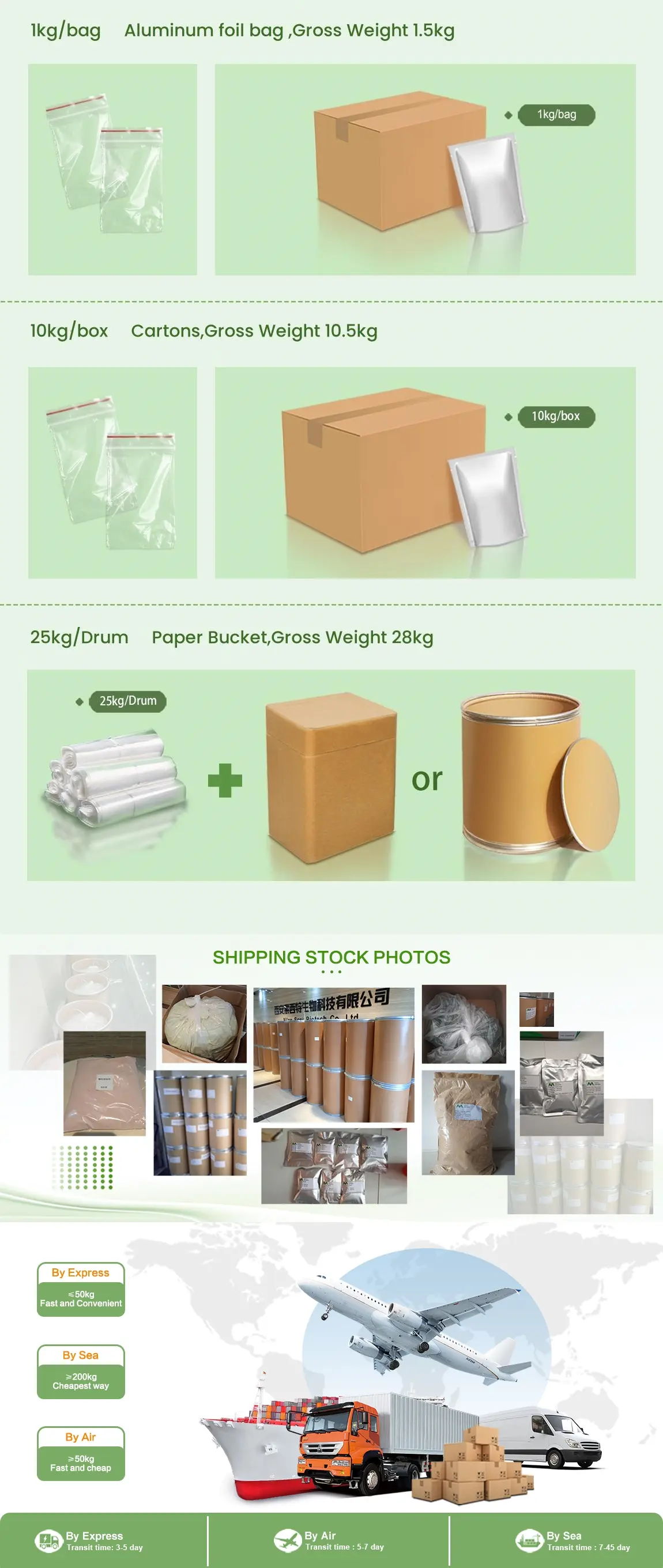
What We Can Do?


 Food Additives
Food Additives